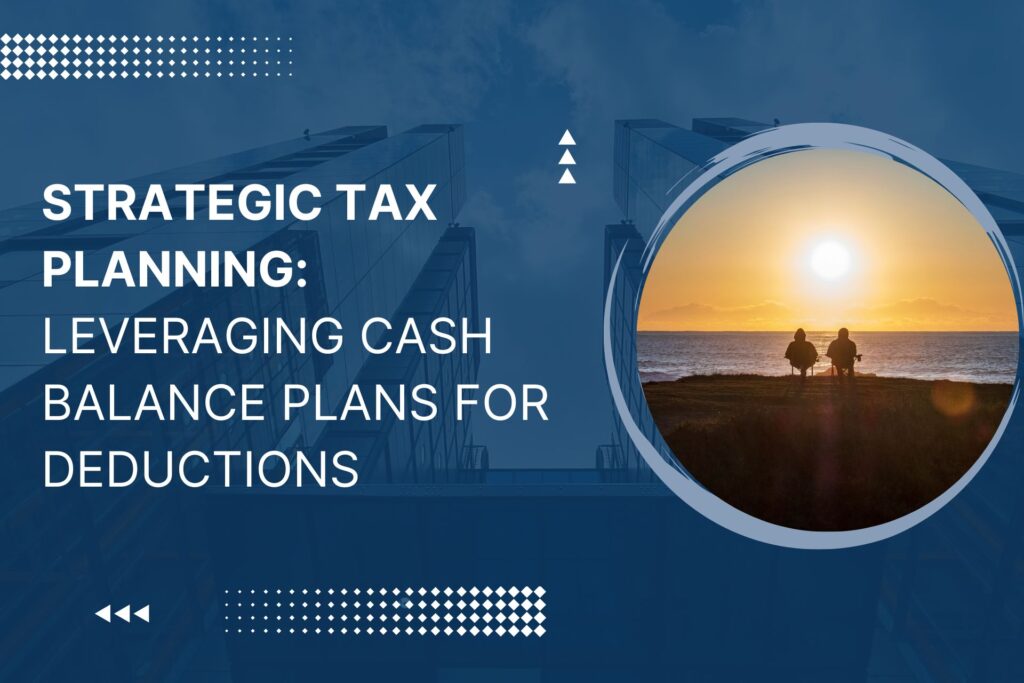In the intricate world of tax planning, businesses and individuals alike seek avenues to optimize their tax liabilities while adhering to legal requirements. One such avenue that has garnered significant attention is the cash balance plan tax deduction. Leveraging cash balance plans strategically can be a powerful tool in minimizing tax burdens while simultaneously securing retirement benefits for employees.
Understanding Cash Balance Plans
A cash balance plan is a type of defined benefit pension plan that maintains individual employee accounts. Unlike traditional defined contribution plans such as 401(k)s, where the ultimate retirement benefit depends on the contributions and investment performance, cash balance plans guarantee a specified benefit at retirement, typically based on a percentage of the employee’s salary and years of service.
Tax Advantages of Cash Balance Plans
Cash balance plans offer several tax advantages for both employers and employees:
1. Tax-deferred Contributions
Employer contributions to cash balance plans are tax-deductible, providing an immediate reduction in taxable income for the business. This deduction can be particularly advantageous for businesses seeking to minimize their tax liabilities while funding employee retirement benefits.
2. Tax-deferred Growth
Once contributions are made to the cash balance plan, investment earnings within the plan grow tax-deferred. This means that investment gains accrue within the plan without being subject to current income taxation, allowing for potentially accelerated growth of retirement assets over time.
3. Tax-efficient Retirement Distributions
Upon retirement, employees can receive distributions from their cash balance plans in a tax-efficient manner. While distributions are subject to income tax, individuals may have more control over the timing and structure of distributions, allowing for strategic tax planning based on individual financial circumstances and tax brackets.
Maximizing Tax Deductions with Cash Balance Plans
To maximize the tax deductions associated with cash balance plans, businesses can employ several strategic tactics:
1. Optimizing Contribution Limits
Cash balance plans allow for substantial annual contributions, particularly for older employees and business owners with higher compensation levels. By structuring contributions effectively, businesses can maximize their tax deductions while funding robust retirement benefits for employees.
2. Integrating with Other Retirement Plans
In many cases, businesses can integrate cash balance plans with other retirement savings vehicles, such as 401(k) plans or profit-sharing arrangements. This integrated approach can further enhance tax planning opportunities and provide additional flexibility in designing comprehensive retirement benefits packages.
3. Consulting with Tax Professionals
Given the complexity of tax laws and regulations surrounding retirement plans, businesses should work closely with qualified tax professionals and financial advisors to develop tailored strategies that align with their long-term financial goals and objectives.
Calculate your Retirement Plans Today!
Calculate Now!Conclusion
Strategic tax planning requires careful consideration of various factors, including retirement benefits, employee compensation, and tax implications. By leveraging cash balance plans effectively, businesses can optimize their tax deductions while providing valuable retirement benefits to employees. With proper guidance and expertise, businesses can navigate the intricacies of tax law and position themselves for long-term financial success.


